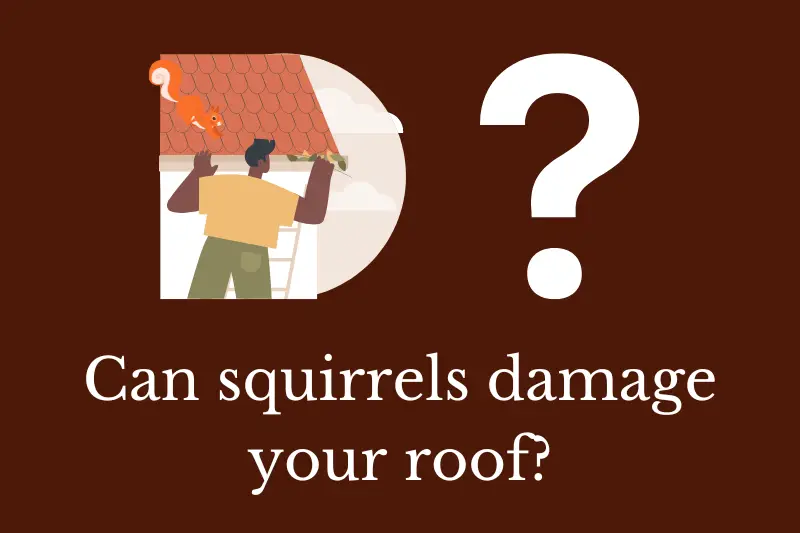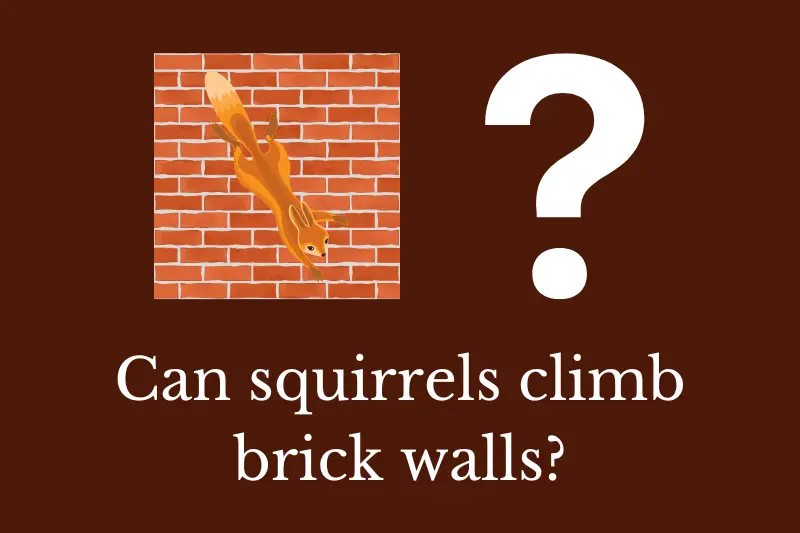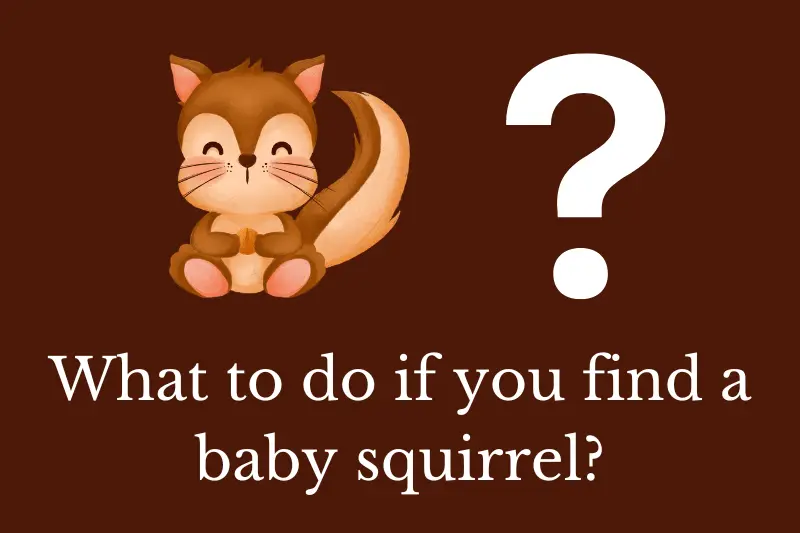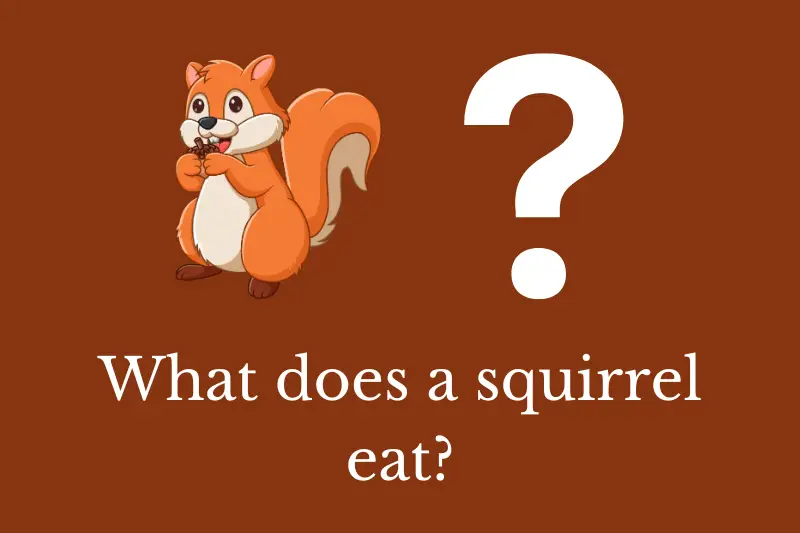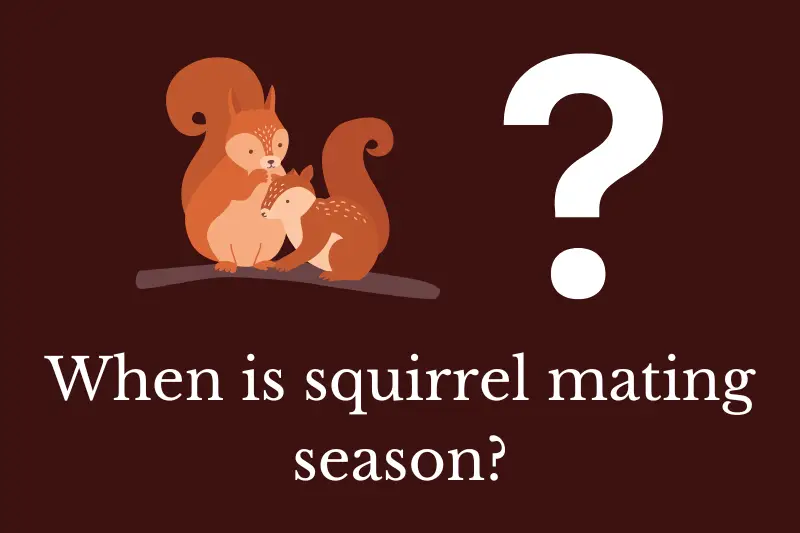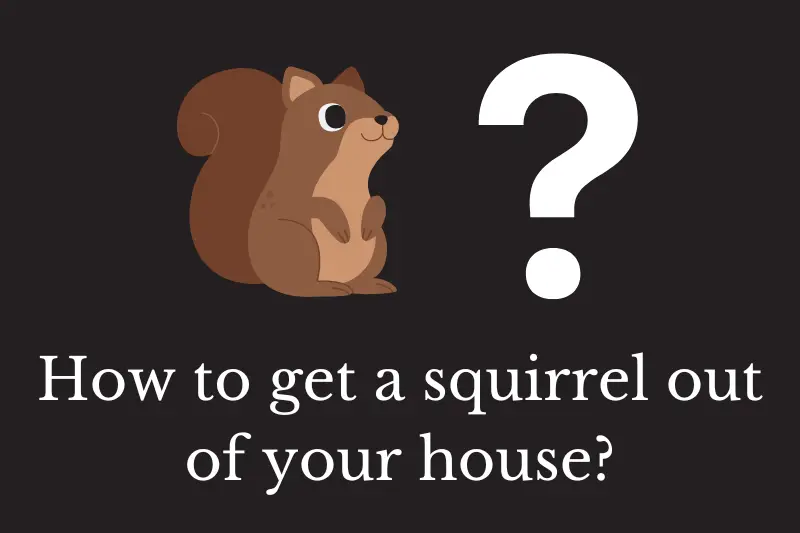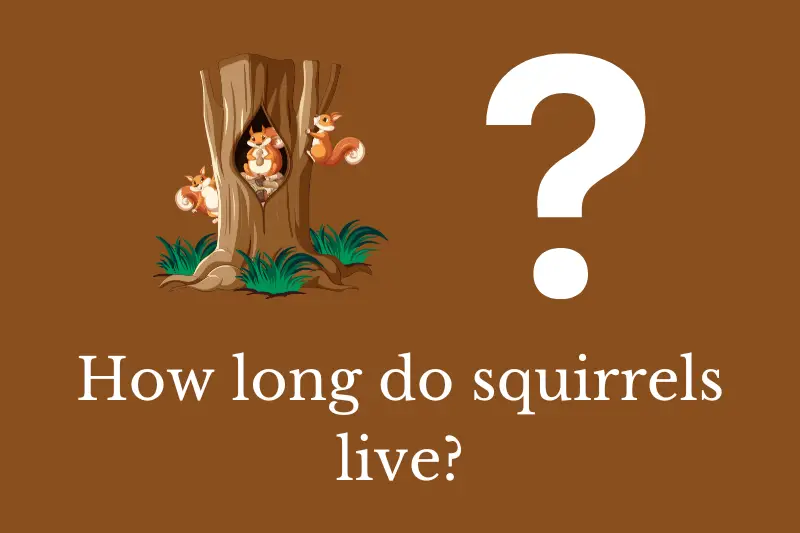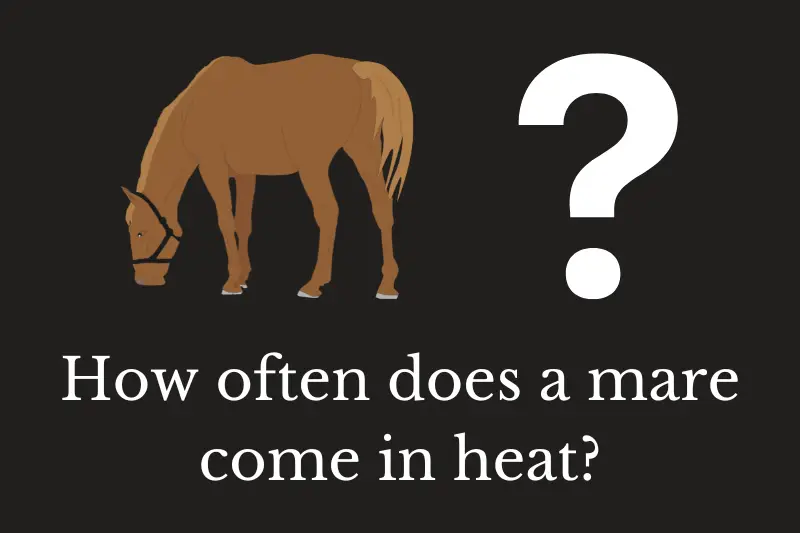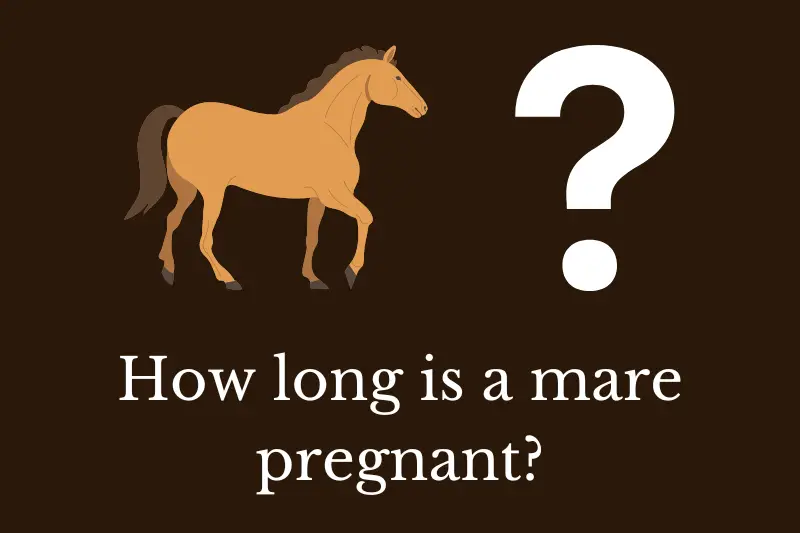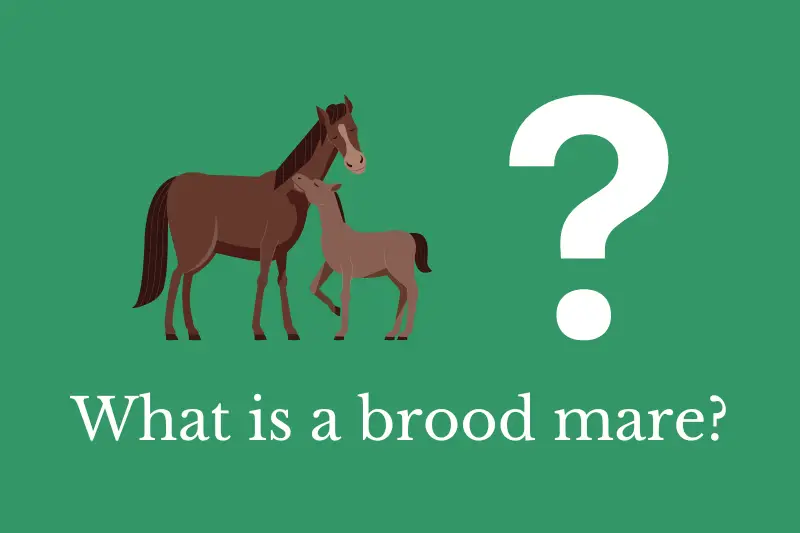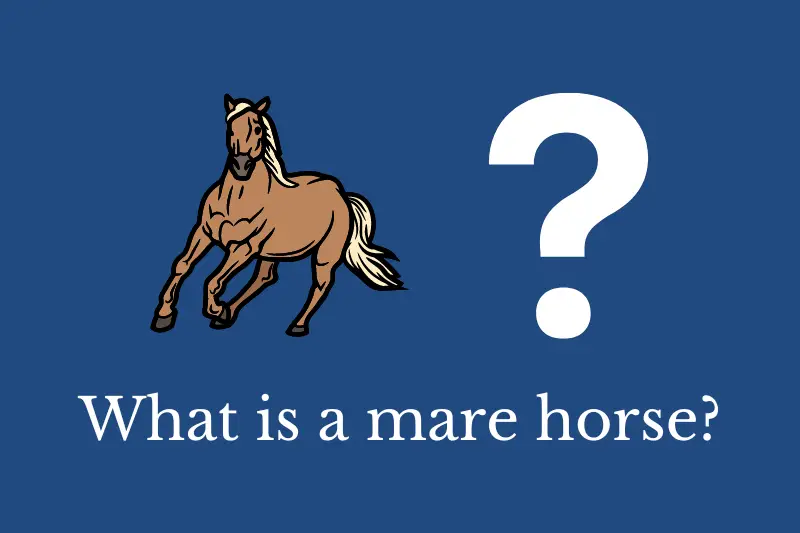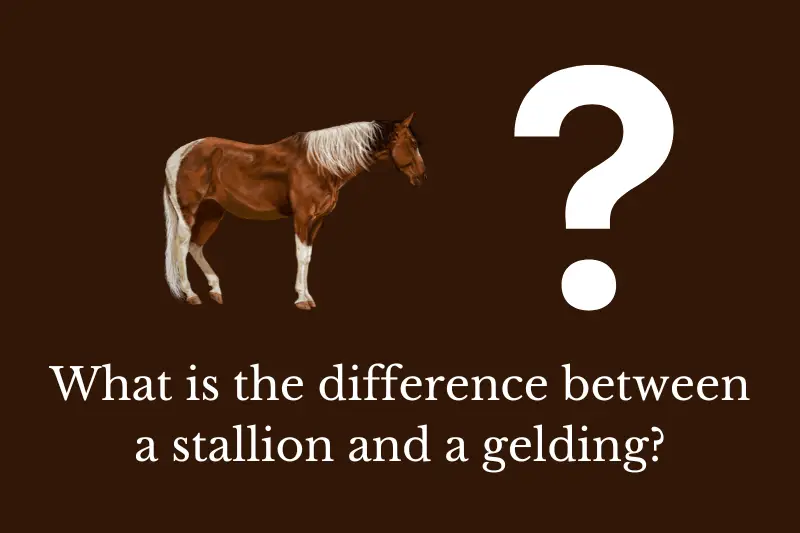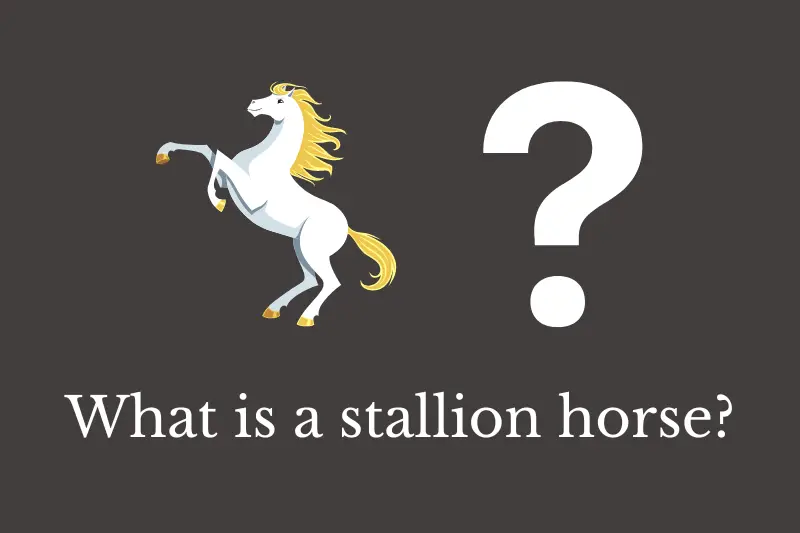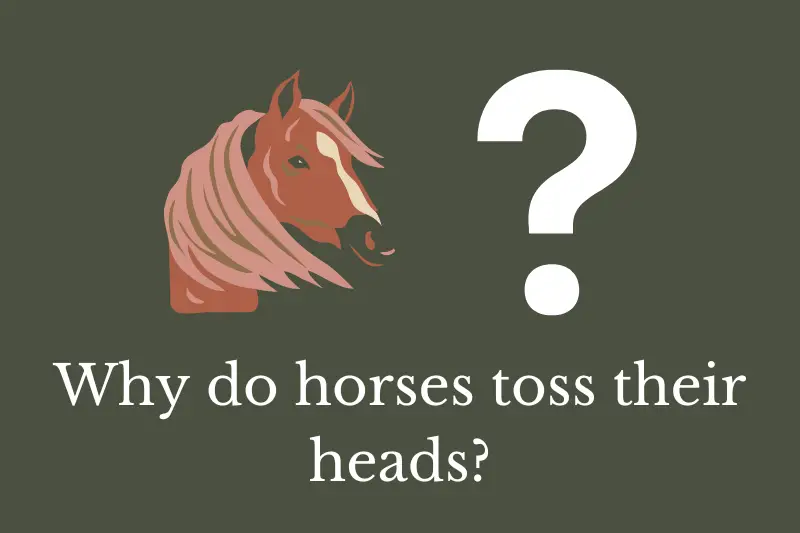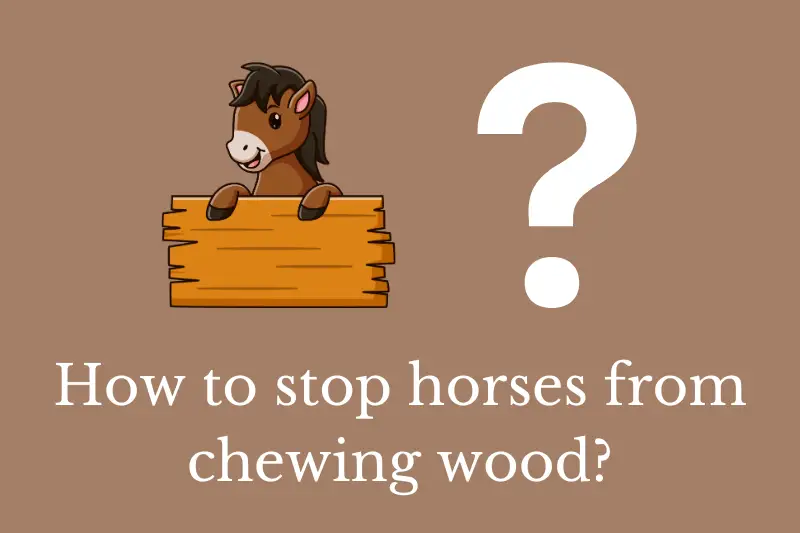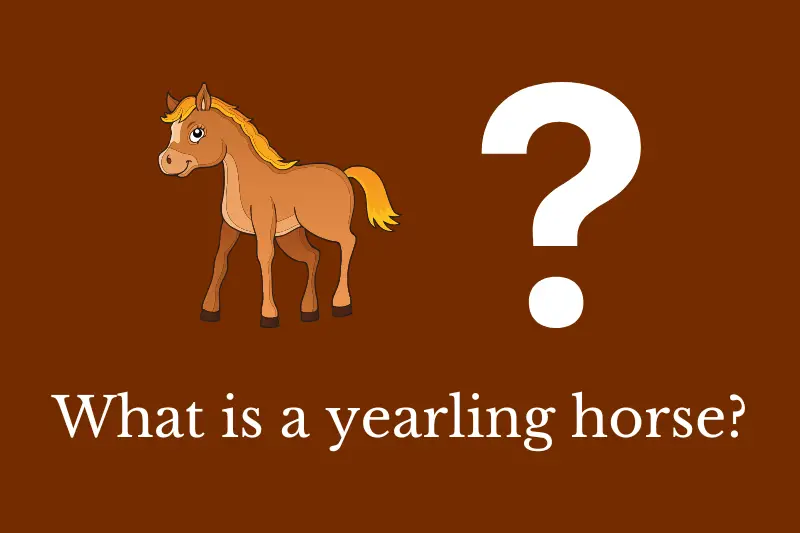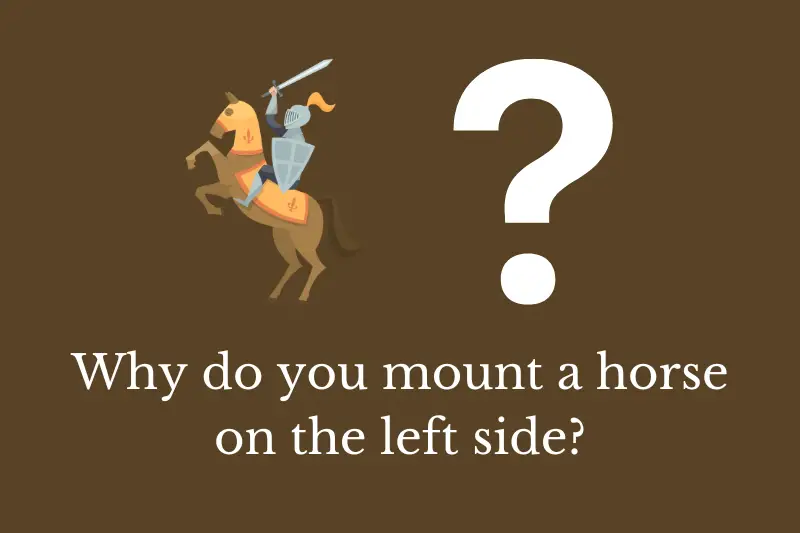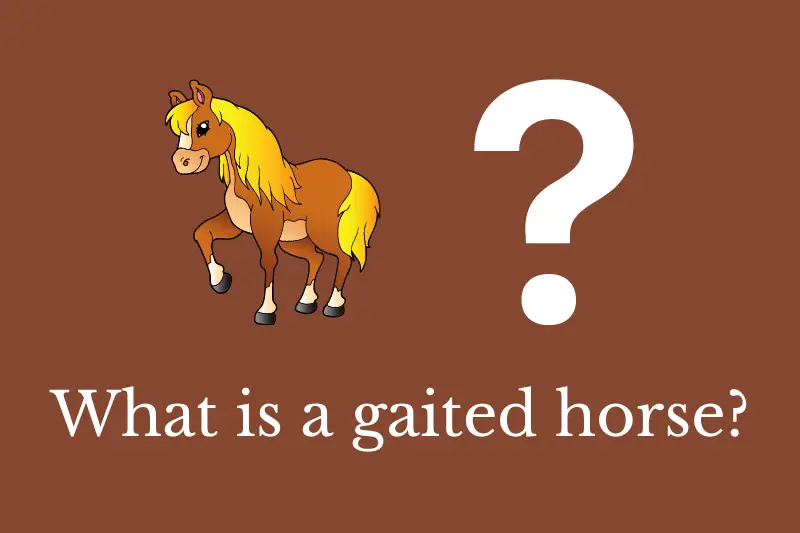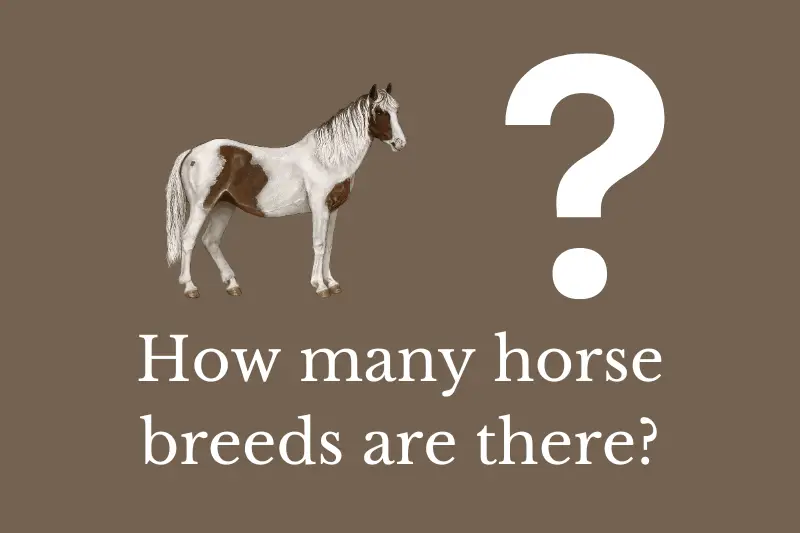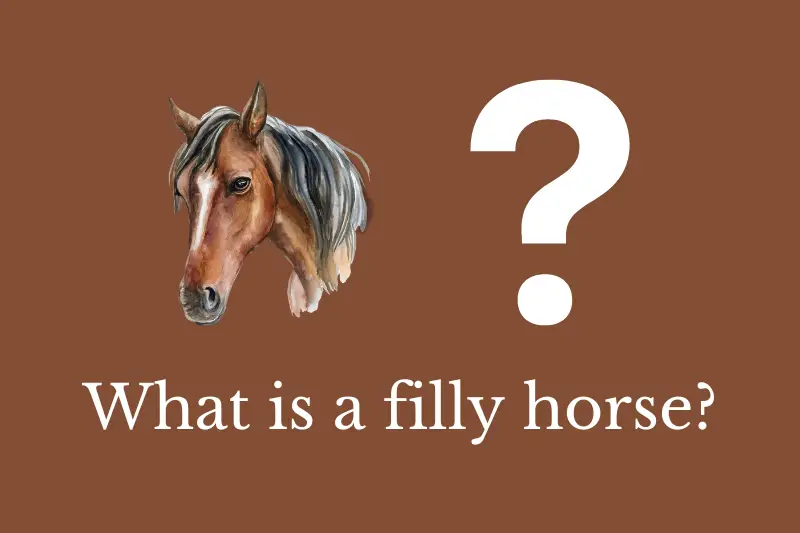Squirrels, though small and seemingly harmless, have the potential to cause significant damage to your roof if they decide to make it their home or nesting area. Their sharp teeth, strong claws, and agile climbing abilities make it easy for them to access and navigate various parts of a roof. Let’s take a look at the ways in which squirrels can damage your roof, the consequences of such damage, and the steps homeowners can take to prevent and address these issues.
How squirrels can damage your roof
Gnawing and chewing
One of the primary ways squirrels can damage your roof is through their constant gnawing and chewing. Squirrels have strong, sharp teeth that grow continuously throughout their lives. As a result, they need to chew on various materials to keep their teeth at a manageable length. Unfortunately, this can include the various components of your roof, such as shingles, fascia boards, and vents.
When squirrels chew on these elements, they can create holes and weaken the overall structural integrity of your roof. This can lead to water leaks, drafts, and increased susceptibility to further damage from weather or other animals.
Nesting
Squirrels are known for their ability to build nests in a variety of locations, including roof spaces. They often seek out warm, dry, and protected areas, such as roof vents, soffits, or gaps between shingles, to create their nests. When squirrels build nests in these areas, they can cause damage by displacing or destroying roofing materials.
Nesting materials, such as leaves, twigs, and insulation, can also accumulate and create blockages in gutters and downspouts. This can impede water drainage and contribute to roof damage, as standing water can cause rot, mold, and mildew to develop.
Damaging wiring and insulation
In their search for nesting materials or food, squirrels may chew through electrical wiring and insulation in your attic or roof space. This can create a risk of electrical fires, damage to electrical systems, and reduced energy efficiency in your home. The removal or destruction of insulation can also lead to higher heating and cooling costs, as well as potential discomfort for the home’s occupants.
Noise and odor
While not a direct form of damage to your roof, the presence of squirrels can result in noise disturbances and unpleasant odors. Squirrels can be quite noisy as they scurry about, chew on materials, or engage in territorial disputes. Additionally, the accumulation of urine, feces, and decomposing food in their nesting areas can produce strong, unpleasant smells that can permeate your home.
Disease and parasites
Squirrels can carry various diseases and parasites, such as ticks and fleas, which can pose health risks to humans and pets. When squirrels inhabit your roof or attic space, there is an increased chance that these diseases and parasites can be transmitted to the home’s occupants. This is particularly concerning for individuals with weakened immune systems or allergies.
Prevention and Remediation
To protect your roof and home from squirrel-related damage, it is essential to take proactive measures to deter these critters and address any existing issues. Here are some steps homeowners can take:
Regular inspections
Perform routine inspections of your roof, looking for signs of squirrel activity, such as chewed shingles, nesting materials, or droppings. Identifying and addressing issues early can help prevent extensive damage.
Seal entry points
Inspect your roof and attic for any gaps or openings that squirrels could use to gain entry. Seal these access points using durable materials, such as metal flashing or hardware cloth, to keep squirrels out.
Trim trees
Squirrels often use overhanging branches to access roofs. Trim back any tree branches that are close to your home to create a gap of at least six feet between the tree and your roof. This will make it more difficult for squirrels to reach your roof and reduce the likelihood of them causing damage.
Install gutter guards
Gutter guards can help prevent squirrels from nesting in your gutters or accessing your roof via downspouts. Choose a sturdy and well-ventilated gutter guard to ensure proper drainage and ventilation.
Remove food sources
Squirrels are often attracted to homes with readily available food sources, such as bird feeders, fruit trees, or gardens. Remove or relocate these food sources to discourage squirrels from frequenting your property.
Use repellents
There are various squirrel repellents available, including natural, chemical, and electronic options. Apply these repellents to your roof and surrounding areas to deter squirrels from approaching your home. Note that the effectiveness of repellents may vary and should be used in conjunction with other prevention methods.
Professional assistance
If you are dealing with a persistent squirrel problem or have discovered extensive damage to your roof, it may be necessary to consult a professional wildlife removal expert or roofing contractor. These professionals can assess the situation, provide guidance on the best course of action, and assist with the removal of squirrels and the repair of any damage.
Summary
In conclusion, squirrels have the potential to cause significant damage to your roof through their gnawing, nesting, and other activities. The consequences of this damage can include structural issues, water leaks, electrical hazards, reduced energy efficiency, and health risks. It is essential for homeowners to be proactive in preventing squirrel-related damage by regularly inspecting their roof, sealing entry points, trimming trees, and employing other deterrent measures. In cases where damage has already occurred or a persistent squirrel problem exists, professional assistance may be necessary to address the issue and safeguard your home against future damage.

